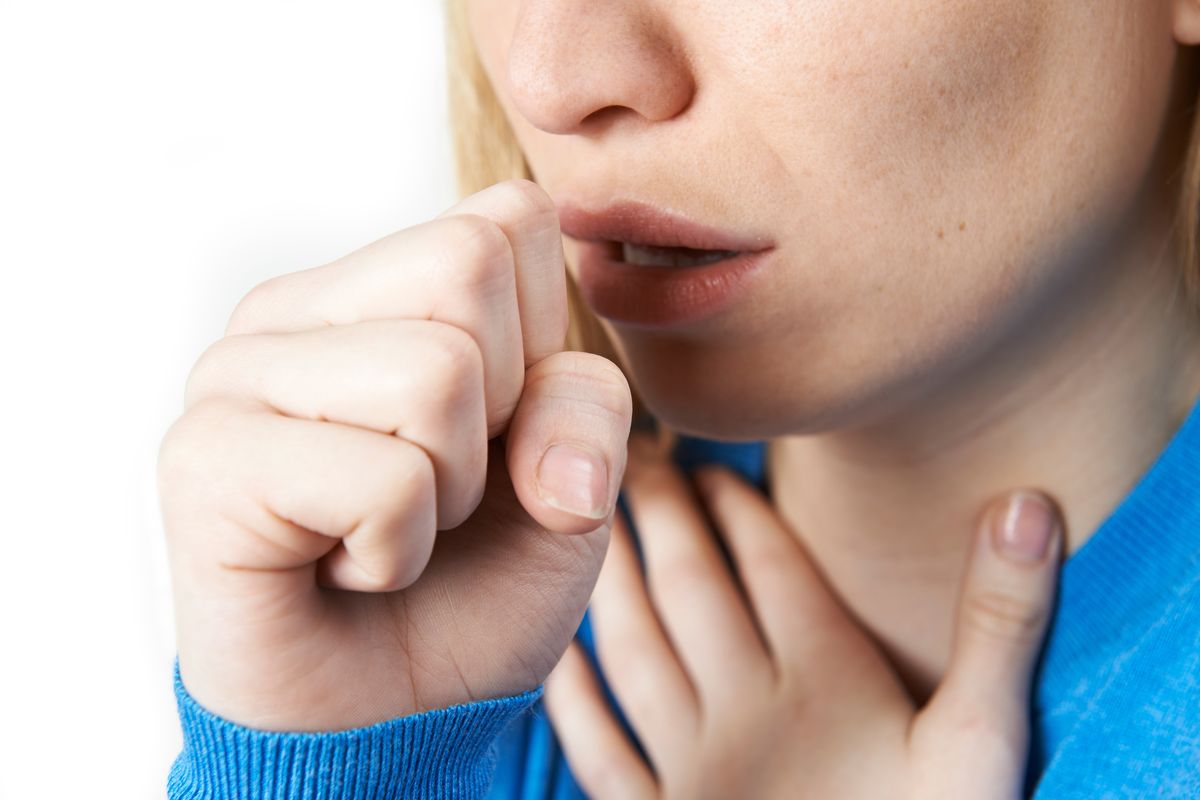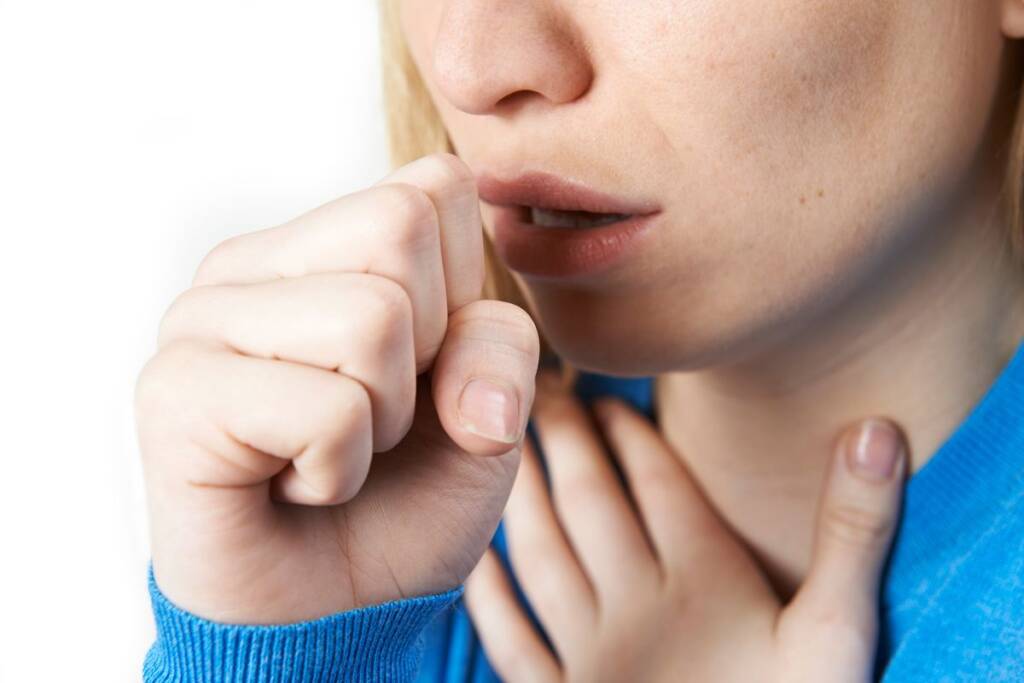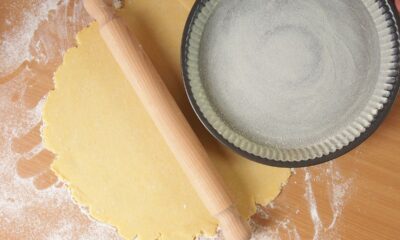Health
What is a mold infection and what are the main symptoms

What is meant by mold infection: what are the symptoms, causes and possible treatments for this problem.
One of the often overlooked health problems is that related to mold infection. It is a type of infection that rose to media prominence after the complaint by a well-known actress, Tori Spelling , of her condition and that of her five children, who were bedridden and ended up in the emergency room for a series of respiratory problems. But what is meant by mold infection? Let's find out together the causes, symptoms and possible treatments.
Mold Infection: What is it?
A mold infection is a condition caused by exposure to molds and fungi that grow in warm, humid environments. These molds can produce toxic chemicals, called mycotoxins , which can cause eye, nose, throat and skin irritation. Furthermore, they can also cause respiratory problems such as bronchitis and asthma. Fungal infections can be affected by a person's overall health and immune system. This means that those with weakened immune systems or compromised health are more susceptible to mold infections.

People most prone to this type of infection are those who have a weakened immune system . This means that people with chronic diseases such as HIV, leukemia and cystic fibrosis are more at risk of fungal infections. People who have had organ transplants and take immunosuppressant drugs to prevent transplant rejection may also be more at risk. Additionally, people who have respiratory problems , such as asthma, may be more sensitive to molds and their effects.
Mold infection: the symptoms
The symptoms of a mold infection depend on the person's health condition and the type of mold they have been exposed to. However, common symptoms include eye, nose and throat irritation , coughing, sneezing, nasal congestion, headaches, and breathing problems such as bronchitis and asthma. In some people, exposure to mold can cause an allergic reaction , such as a skin rash, hay fever, and dermatitis.
Possible treatments
Mold infections can be treated in a number of ways, depending on the severity of the symptoms and the person's overall health. First, it is important to remove the source of the infection, which is usually located in damp and poorly ventilated places. This may require a thorough cleaning of your home or workplace, as well as fixing any leaks or leaks that may be causing moisture buildup.
As for medical treatment, the symptoms of a mold infection can be treated with antihistamines , corticosteroids, and bronchodilators, depending on the patient's needs. Additionally, doctors may prescribe antibiotics or antifungals to treat any bacterial or fungal infections associated with mold exposure.
Importantly, people with compromised immune systems should seek medical help right away if they suspect they have been exposed to mold and are experiencing respiratory symptoms or other symptoms of infection. Also, to prevent future mold infections, it is important to maintain adequate ventilation and an optimal humidity level in your home or workplace.
Riproduzione riservata © - WT











